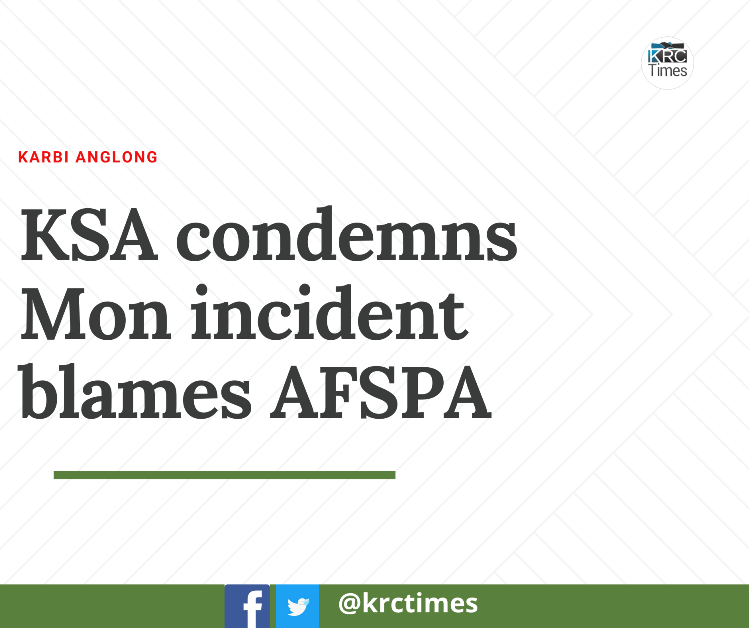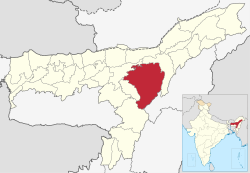Postal cover will give global standing to Karbi Anglong ginger: DC
 Sushanta Roy
Sushanta Roy

The government of India’s Postal department has published a special cover on Karbi Anglong ginger yesterday in a simple function organized at Kalakendra, Diphu in the recognition of the Geographical Indication Status given by the Government of India in 2015.
Deputy Commissioner of Karbi Anglong and zonal head of postal department, Nagaon division formally released the cover.
Assam’s Karbi Anglong Ginger was conferred with the Geographical Indication status by the Government of India in 2015 with the GI number 226.
After releasing the postal cover Deputy Commissioner N C Shinha said that the postal cover will give global standing to Karbi Anglong ginger
It is advisable to mention here that, The North Eastern Regional Agricultural Marketing Corporation Ltd applied to the Chennai based office of Geographical Indication Registry requesting the prestigious tag for ‘Karbi Anglong Ginger’ in 2015.
The formal request mentioned that ginger grown in Karbi Anglong district is the best organic ginger in the world and has been producing spice since 1951. Karbi Anglong is the principal ginger-producing region of eastern India, with an annual production of 30,000 tonnes, involving around 10,000 farmers.
The ginger trade of Karbi Anglong has a blood-splattered history. In 2003 clashes took place between militant group Kuki Revolutionary Army and the United People’s Democratic Solidarity. Kuki ginger growers of Singhasan hills were badly affected in this ethnic clash, the heartland of organic ginger cultivation.
The district was shaken by violent clashes. Between October and November 2003, around fifty persons lost their lives, several hundred were injured and thousands of villagers belonging to both communities went homeless in the two-month-long violence.
The slash-and-burn method of farming by the Kuki community was objected to by United People’s Democratic Solidarity in the Singhasan hills, terming it a potential threat to the environment. The conflict continued till 2004.
The Geographical Indication is a form of academic asset that provides exclusivity and legal protection to a product in a defined geographical area.
It helps a community of producers to differentiate their products in the market. It also helps in identifying the superiority of the products. India enacted the Geographical Indications of Goods (Registration and Protection) Act, 1999, and enforced the act in September 2003.
Among the 370 Geographical Indications, listed products twenty-nine are from Northeast India. Out of which, eighteen products are from the horticultural segment.
The list includes Arunachal Orange, Orthodox Tea of Assam, Tezpur Litchi, Karbi Anglong Ginger, Boka Chawl, Joha rice of Assam, Kaji Nemu, Chokuwa Rice of Assam, Kachai lemon, Chak-Hao commonly said as Black Rice of Manipur, Khasi Mandarin, Memang Narang of Meghalaya, Mizo Chilli, Naga Chilli or Bhoot Jalakia, Naga Tree Tomato, Sikkim Large Cardamom, Dalle Khursii of Sikkim and Tripura Queen Pineapple.
Advertisements | KRC Foundation





